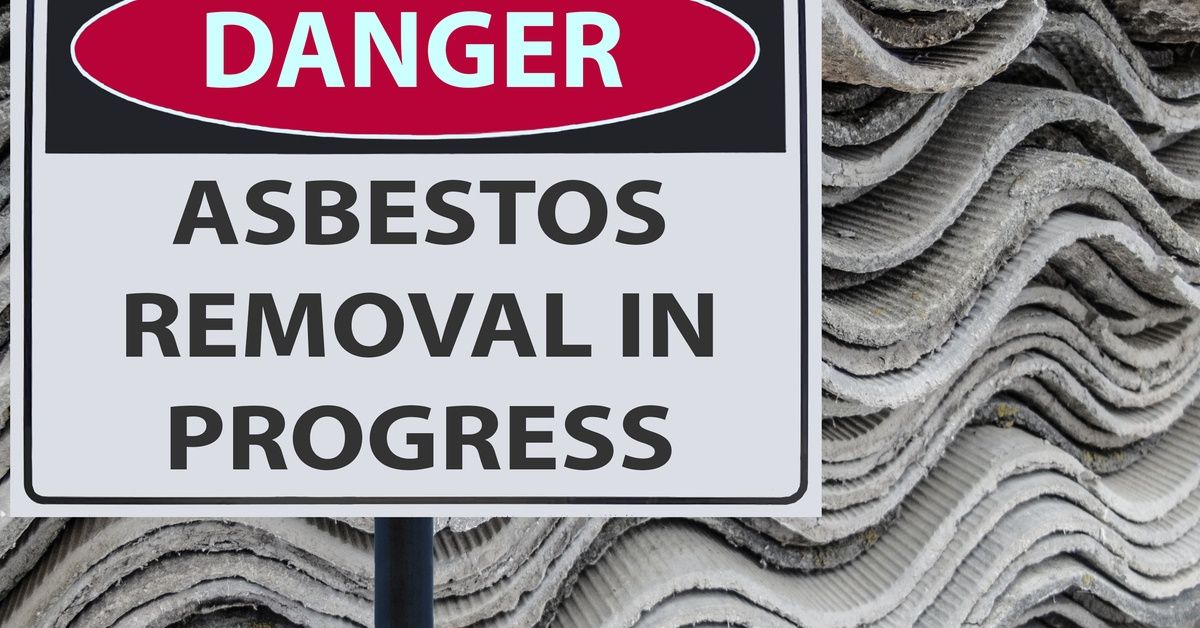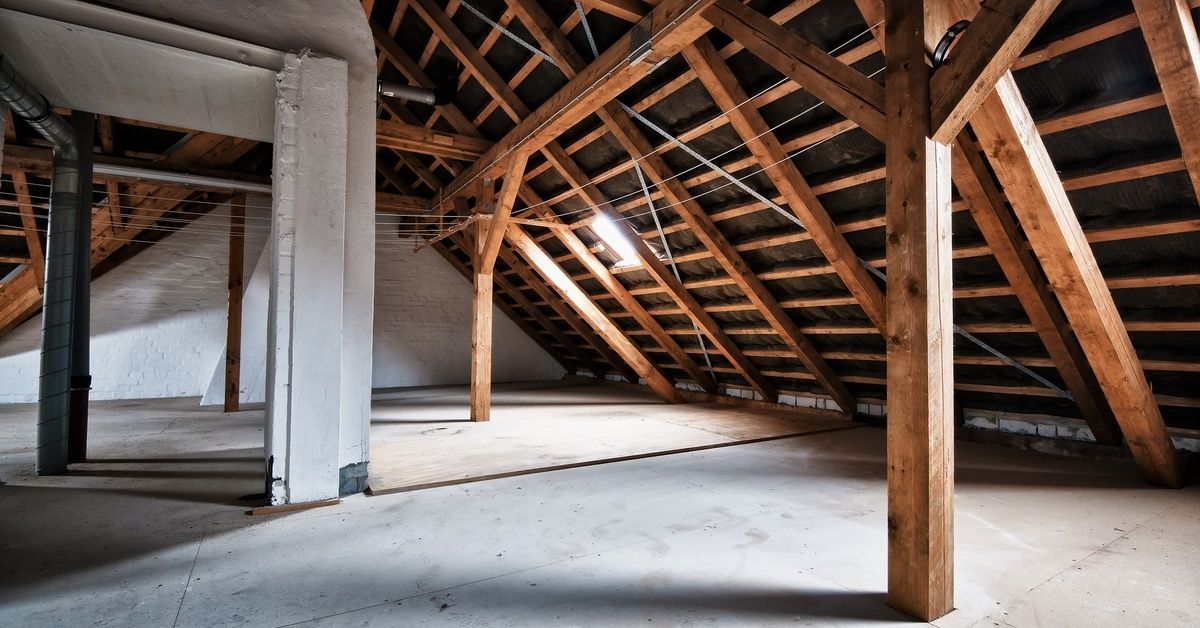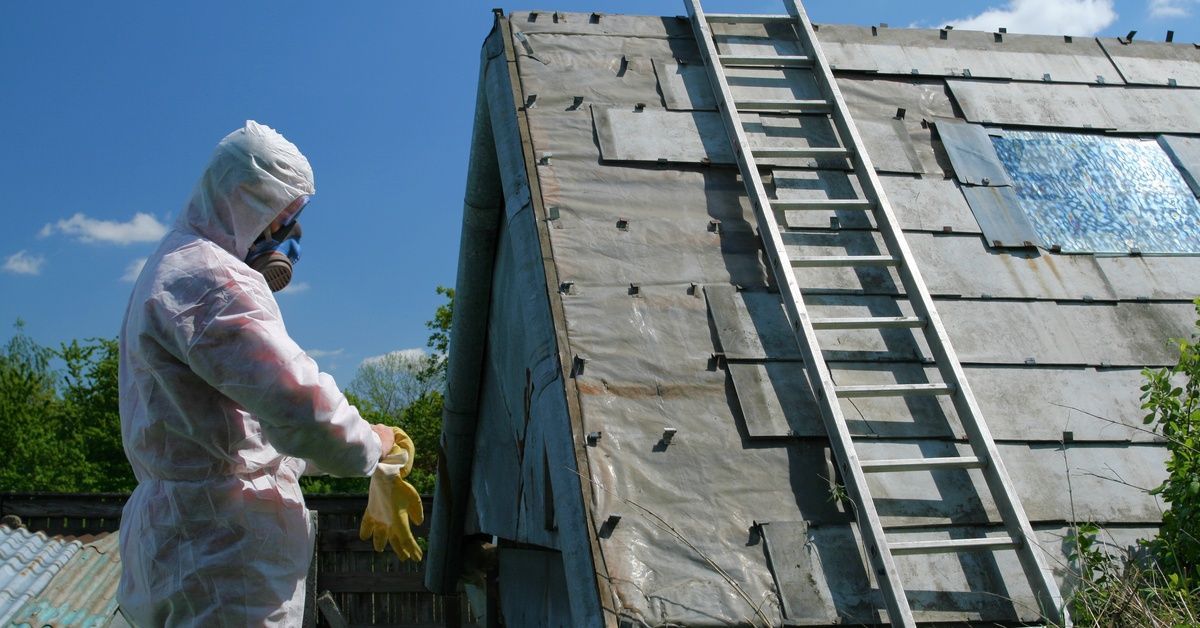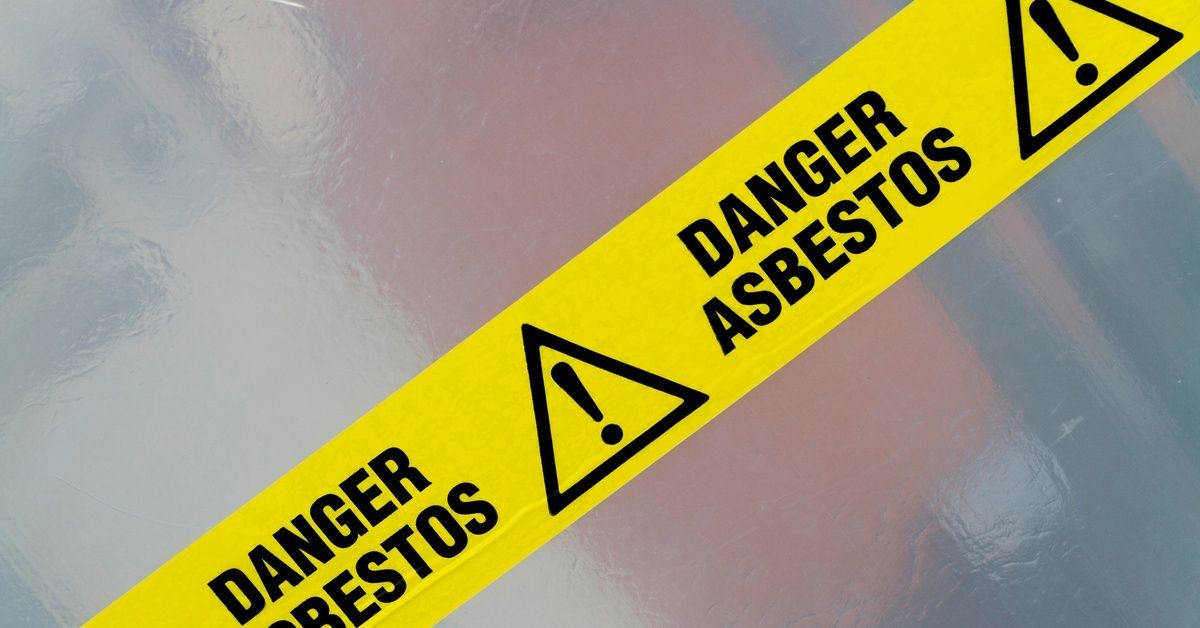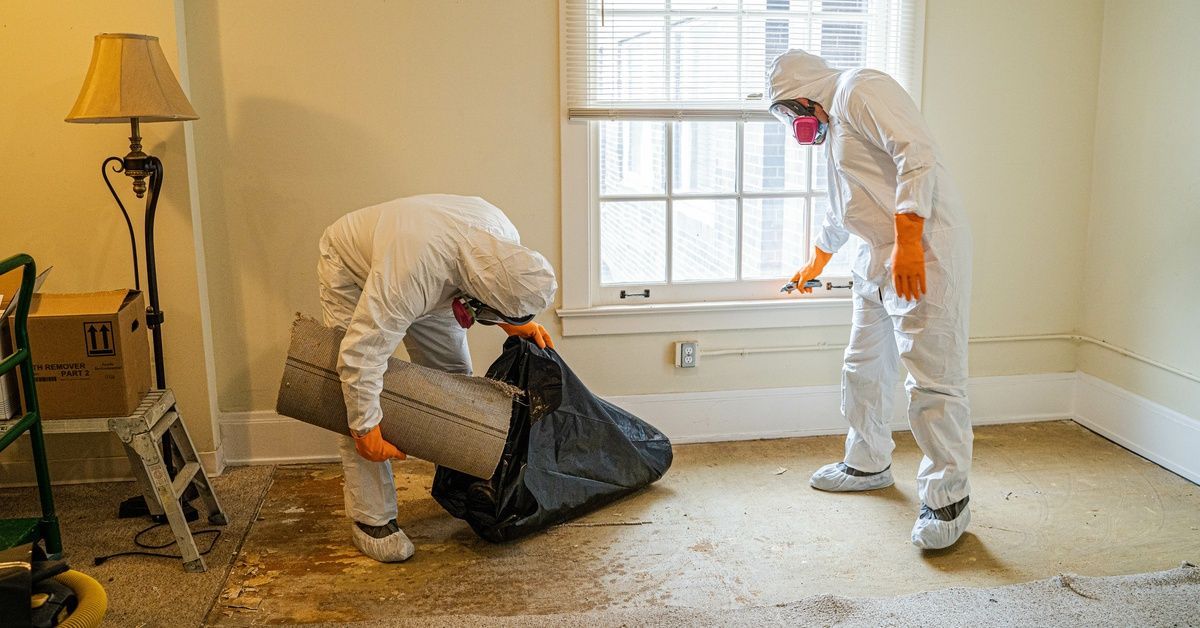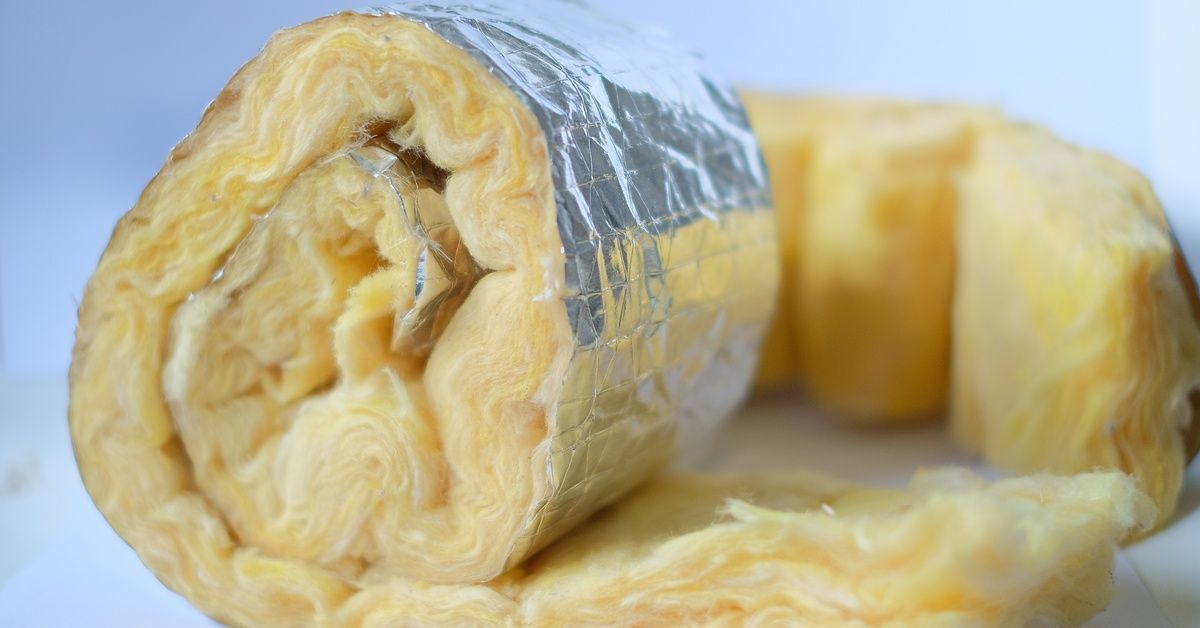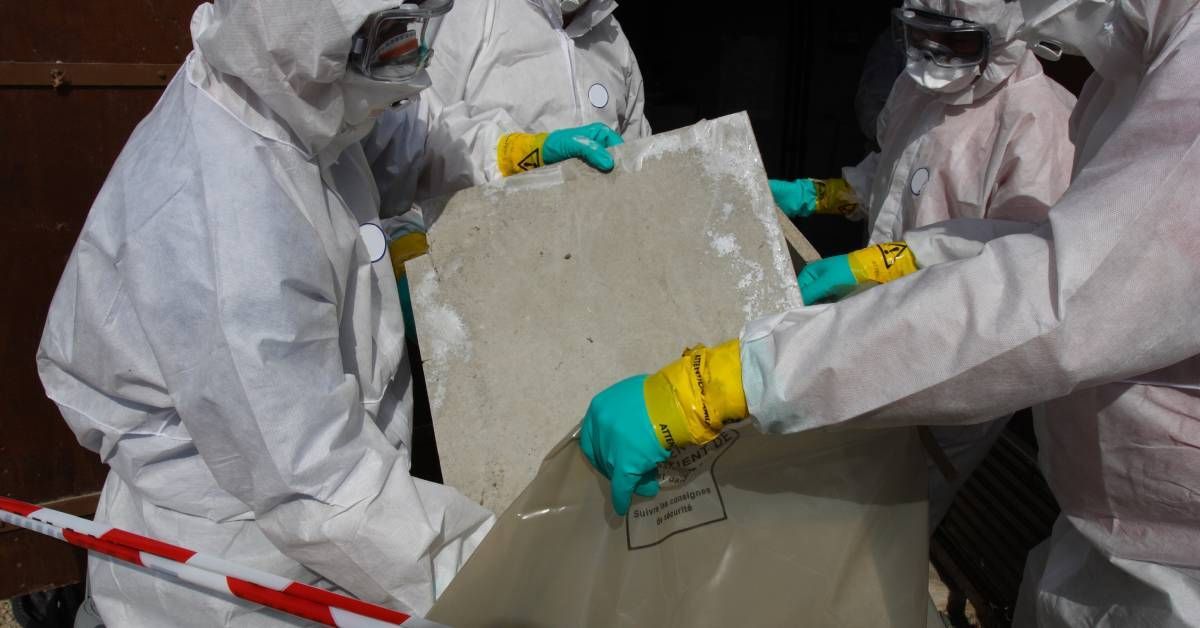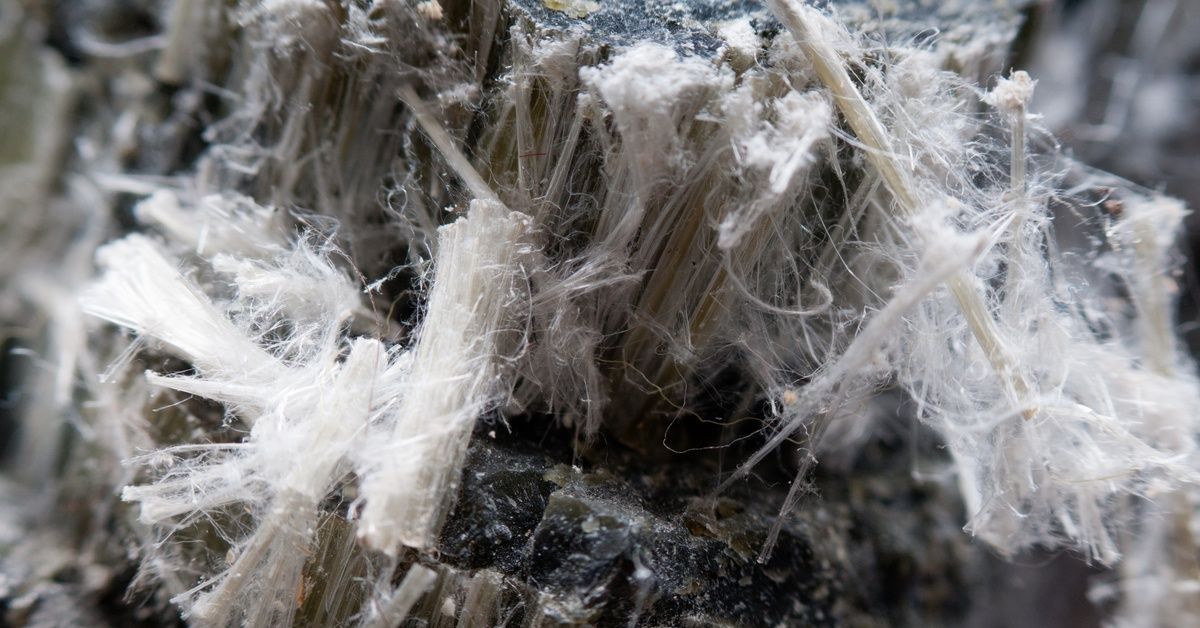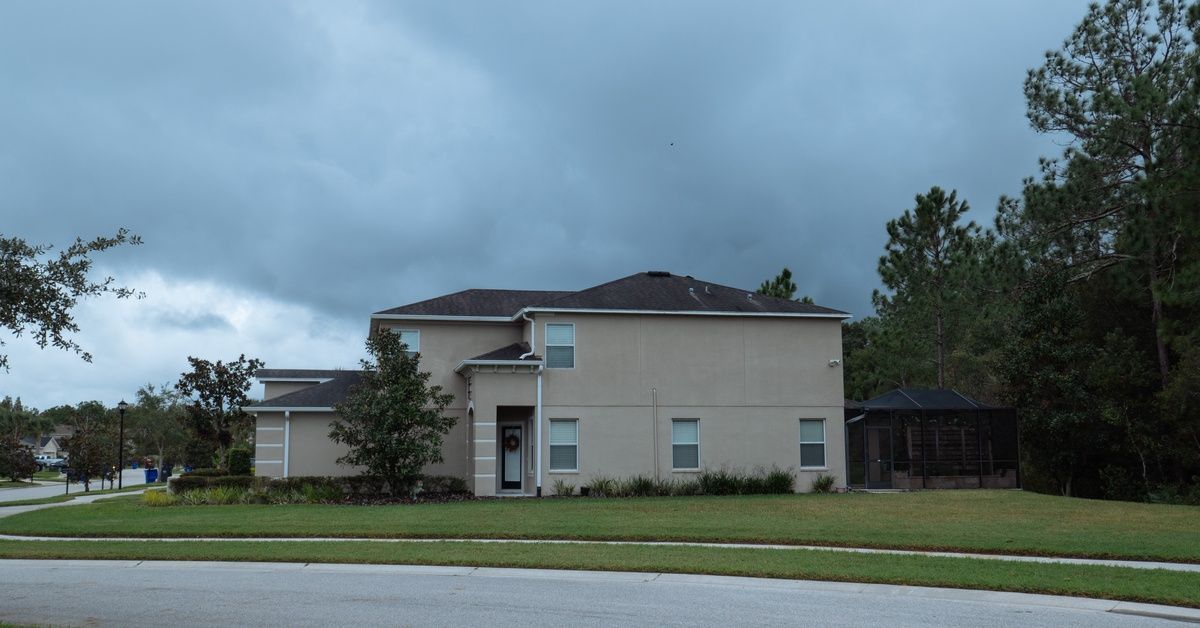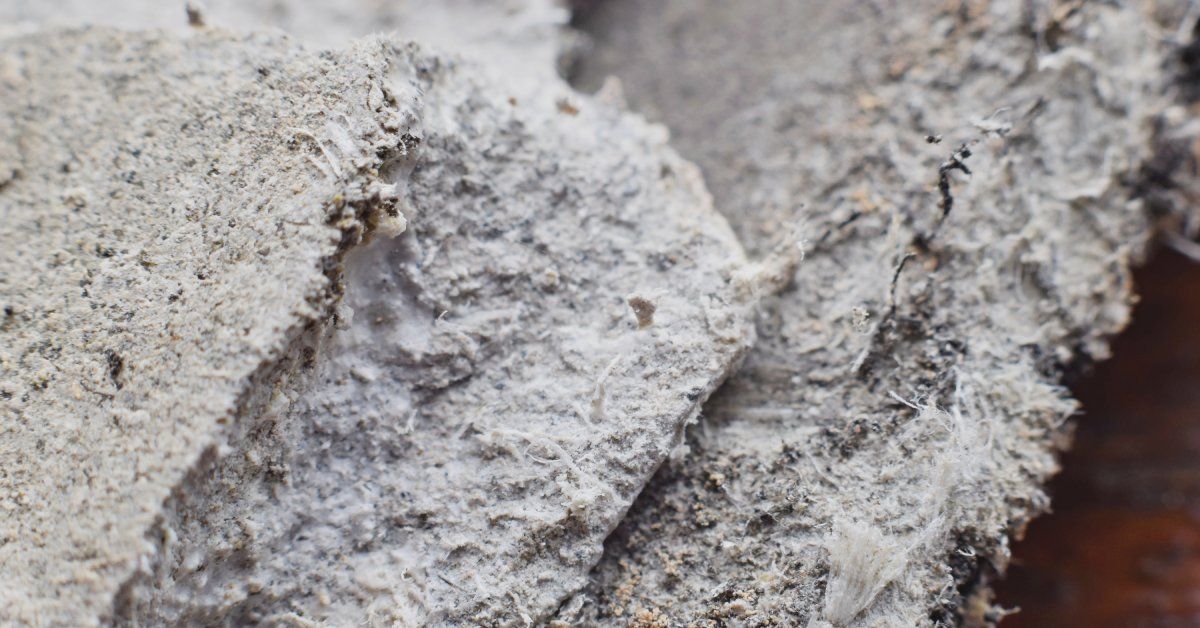What Is Friable Asbestos and Non-Friable Asbestos?
Asbestos is a natural mineral that was once used as insulation for homes from the early 1940s to the late 1970s. Many people weren’t aware of the health concerns posed by asbestos until scientists undertook studies on the substance much later. There are six types of asbestos, but the two we’re discussing are known as friable and non-friable. So what’s the difference between friable and non-friable asbestos?
Friable Asbestos
Friable asbestos shares a similar resemblance to dirt; when you pick dirt up and press hard enough, it crumbles. Friable asbestos is a naturally crumbly material that doesn’t pose a serious threat to others in a compact state. It’s only dangerous to others when it’s broken down and then releases air particles.
When asbestos breaks down, it releases air molecules that cause cancer and mesothelioma; these asbestos strands cause many cancers, including lung cancer. If workers need to remove or break down asbestos in a building, they must wear face masks.
Examples
Friable asbestos is only dangerous when it’s broken down. If gripped hard enough, an object with crumbly asbestos can release fibers into the air, whereby the particles can be inhaled. Some examples of crumbly asbestos include insulation boards, pipe casing, and coating sprays.
The crumbliness of asbestos occurs when the material ages and weathers. Even naturally made materials containing friable asbestos are harmful to others. Friable asbestos is also known as non-bonded asbestos.
Non-Friable Asbestos
Non-friable asbestos, also known as bonded asbestos, only releases dangerous fibers when sanded, sawed, or used in aggressive situations, like being smashed with a wrecking ball. Some tiles in currently used buildings still have asbestos and release fibers only during demolitions or remodeling.
Examples
If a building’s roofing tiles are vinyl, they likely contain bonded asbestos. Other examples include cement sheets and some decorative coatings. These materials are less likely to emit any fibers, making them safer to be around.
Get Your Home Inspected
Every older home may contain asbestos. However, it’s best not to perform an inspection yourself, as the type may not be non-friable, and only an expert can tell for sure. The best way to discover if you have asbestos in your home is to hire an inspector from an asbestos removal company. The inspector checks the walls, attics, and ventilation ducts for the substance.
If the asbestos crumbles, it’s likely friable; if it doesn’t, then it’s non-friable—that’s the most obvious distinction between friable and non-friable asbestos. Contact a local asbestos inspector to examine your home.
Asbestos comes in different forms, and if you suspect there is any in your home, think about contacting a specialist to examine the house. Air Safe Inc. provides every Massachusetts resident with a proper assessment that checks for asbestos and then removes it. For more information on friable and non-friable asbestos, contact us here.

